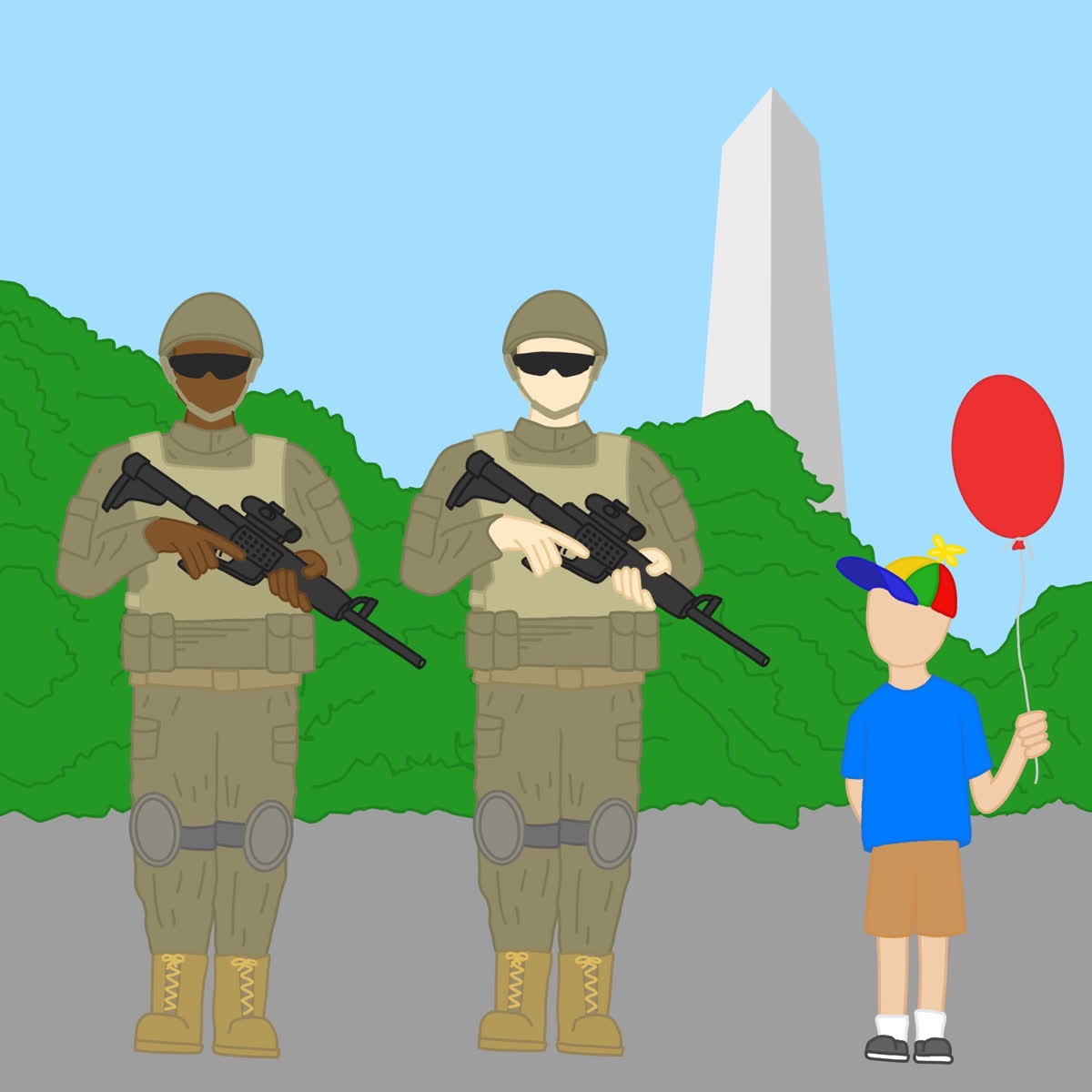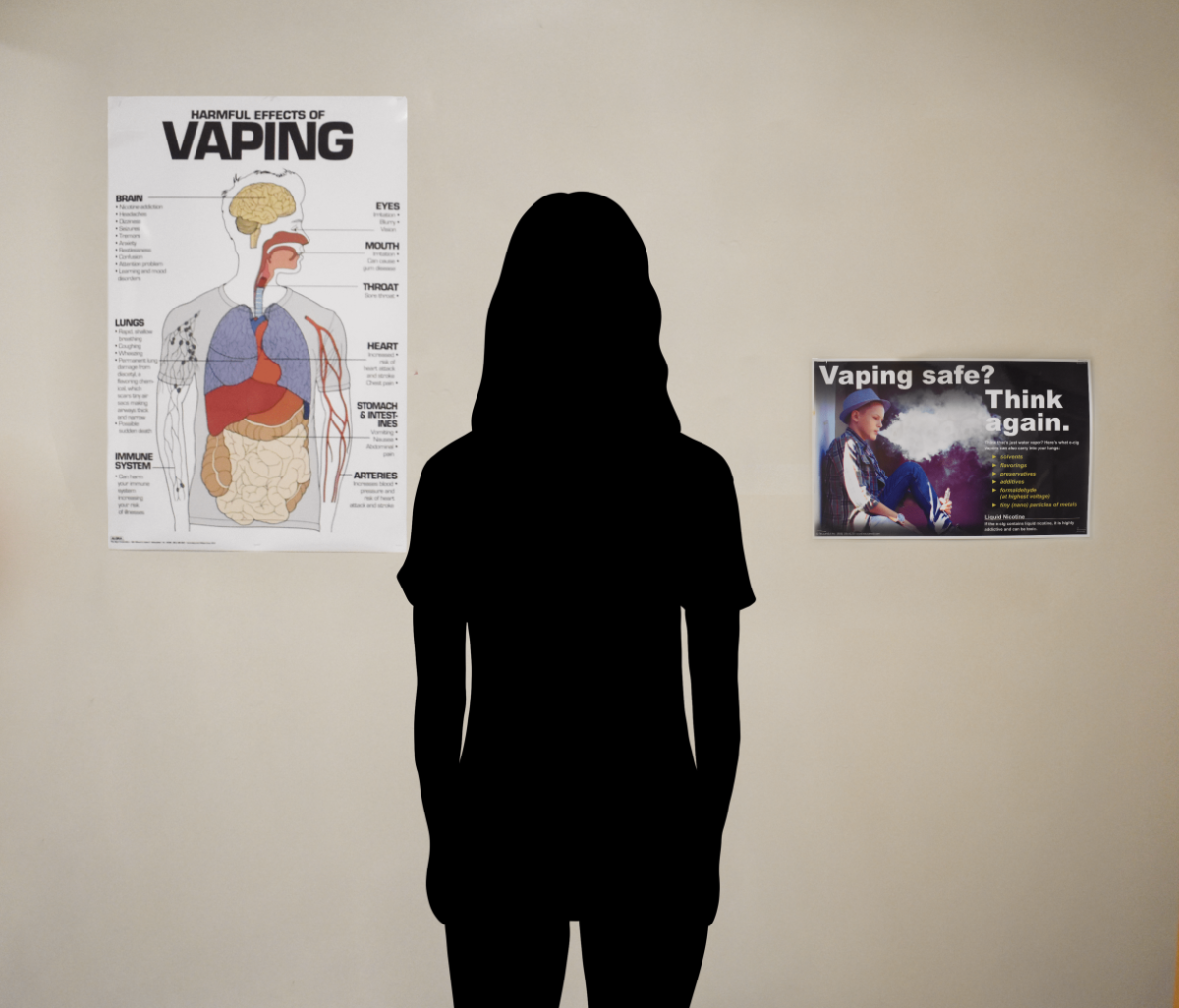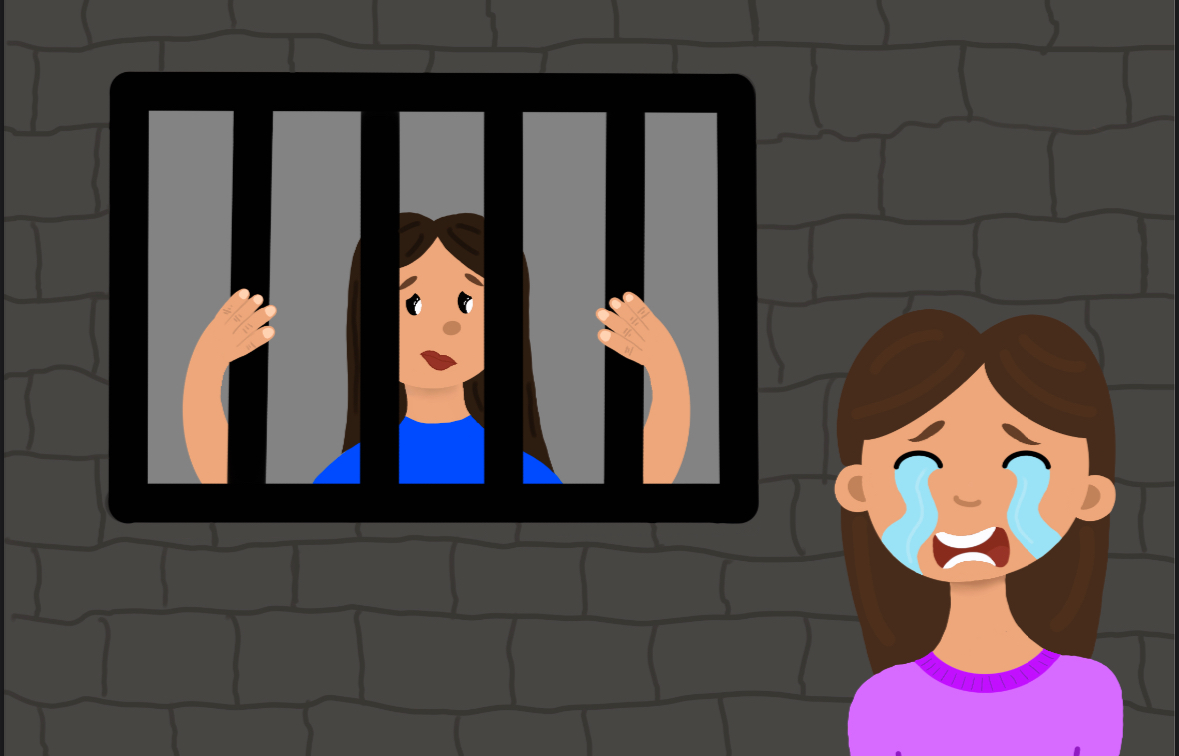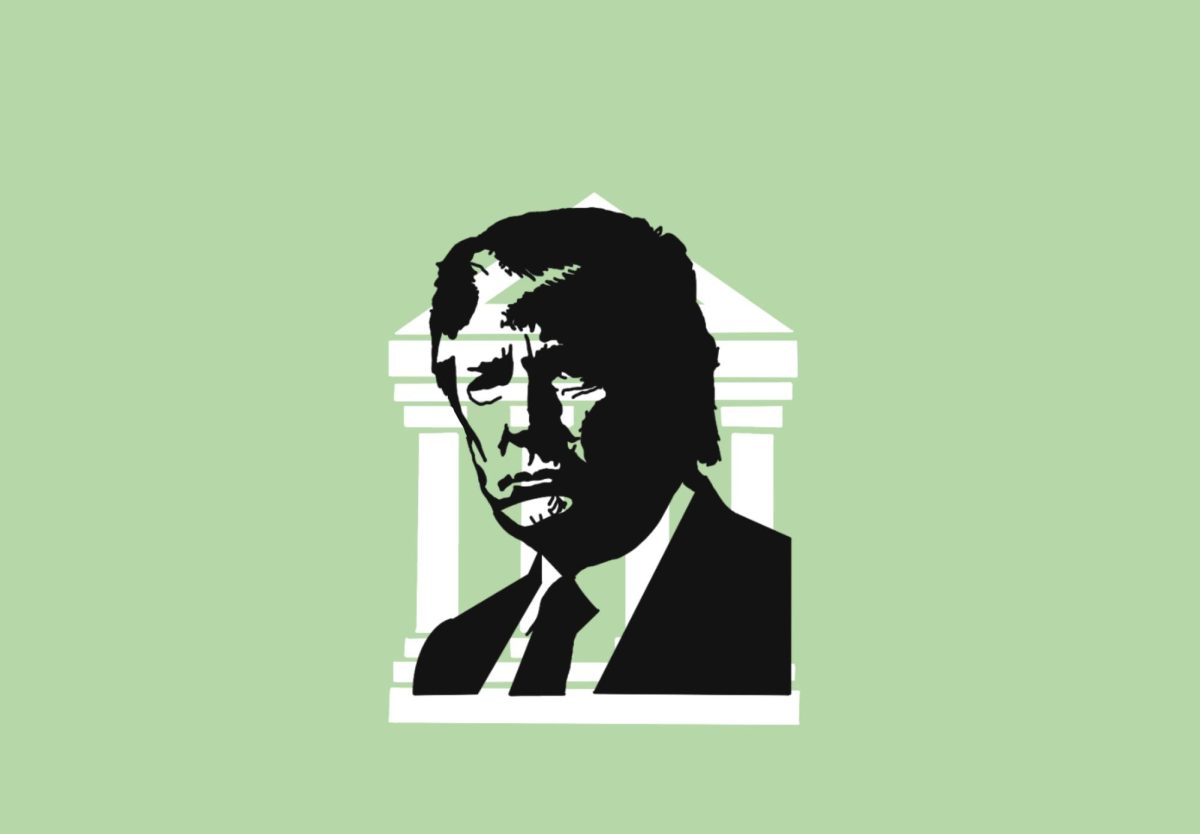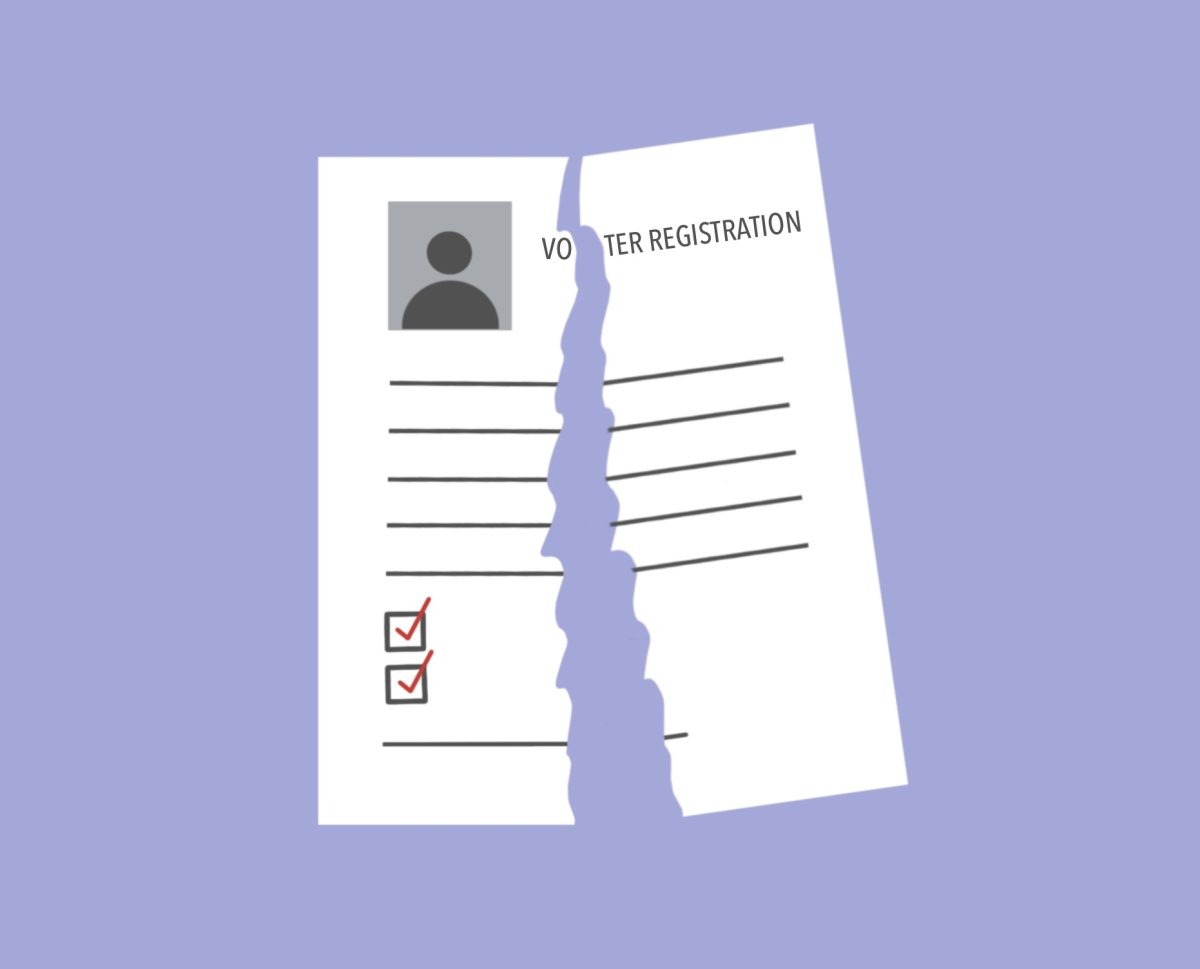WASHINGTON, D.C.– The Women’s March on Washington was a peaceful protest held Jan. 21, 2017, the day after the inauguration of President Trump in Washington, D.C. and various sister marches both in the U.S. and internationally. According to their mission statement, the march began as a result of the rhetoric of the past election cycle, leaving various minority groups “scared and hurting.”
The march began as a Facebook post immediately following the election results that named Donald Trump as the next president of the United States and rapidly became a movement of over a million people around the world.
“Being raised in a family that’s multi-racial, that’s LGBT friendly and inclusive played into my interest in the march,” said senior Jamie Panarites, who attended the Women’s March in Atlanta. “I’m not a fan of the incoming administration, and I hope that the march will show that they are not the majority.”
Among the masses were celebrities known to be active in women’s rights, including actresses Amy Schumer, America Ferrera, Uzo Aduba and Scarlett Johansson, and singer Madonna. Many celebrities who weren’t able to attend expressed their support via Twitter.
“Social media this election was a double edged sword,” Cannon said. “While it gave socially aware celebrities and other people a platform, it also let hatred run rampant and unite people who had ideas that were harmful. This march is an instance of social media doing a good thing. Having a platform on social media means you have to be responsible with it, and celebrities taking a stand is the first step.”
Hundreds of thousands of people sporting pink knitted cat hats with floppy ears– a symbol in response to a leaked video of President Trump’s vulgar comments about women two days before the second debate– and homemade signs streamed into the Mall starting as early as six in the morning and stayed there for several hours. The event consisted of a rally with dozens of speakers and performers and a march.
“When people say ‘there’s nothing like it,’ I understood what they meant,” said Grady senior Fari Cannon, who walked in the march in Washington D.C. “Everywhere you turned were people, but it wasn’t claustrophobic; it was more welcoming. I hugged people I never met and consoled a girl crying I’d just learned the name of ten minutes before. We chanted and marched and cried and rallied and laughed together.”
According to the march’s app, the amount of people who attended was so large that they had to replan the marching route, which caused confusion among the marchers. Many ended up simply making their own path through the streets of Washington, D.C.
Among these marchers was Grady freshman Mia Prausnitz-Weinbaum, who attended the march in Washington, D.C. with her mother and family friend.
“The fact that Trump got elected in the first place shows there are definitely people in this country who have some questionable and disrespectful beliefs, and I wanted to make a point to them by being here,” she said during the rally.
Many other marchers agreed, with signs reading “Never my president,” or “Minority rights are human rights.” Another Grady freshman, Casey Bandrowski, proudly held one that said “Tweet this!” and depicted hands of various colors grasping a torch.
“It’s amazing so many people came because I don’t think you can have a president that says it’s okay to treat women disrespectfully,” Bandrowski said. “It also sends a message to him that minority groups are here to fight.”
With estimates of over 500,000 people at the march in Washington itself, the showing was reminiscent of Dr. Martin Luther King’s “I Have a Dream” speech, which drew 250,000 to the steps of the Lincoln Memorial. The march itself claimed to follow the principles of “Kingsian nonviolence,” with no major instances of violence despite large numbers and constant police presence.
“It was like being surrounded by all of your favorite people and knowing nothing bad would happen to you,” Cannon said. “Even when people were unpleasant [referring to protesters of the march], it was drowned out by people being ten times more full of love and hope and bravery. That march made me feel that we’d be okay.”







